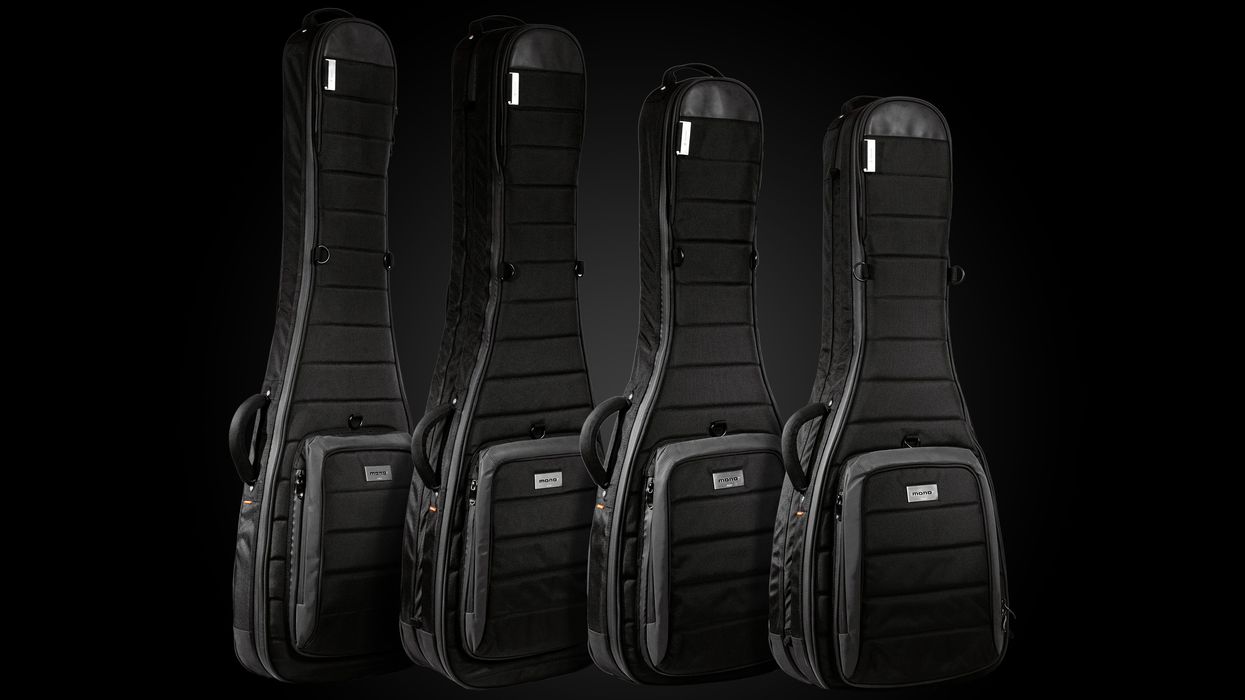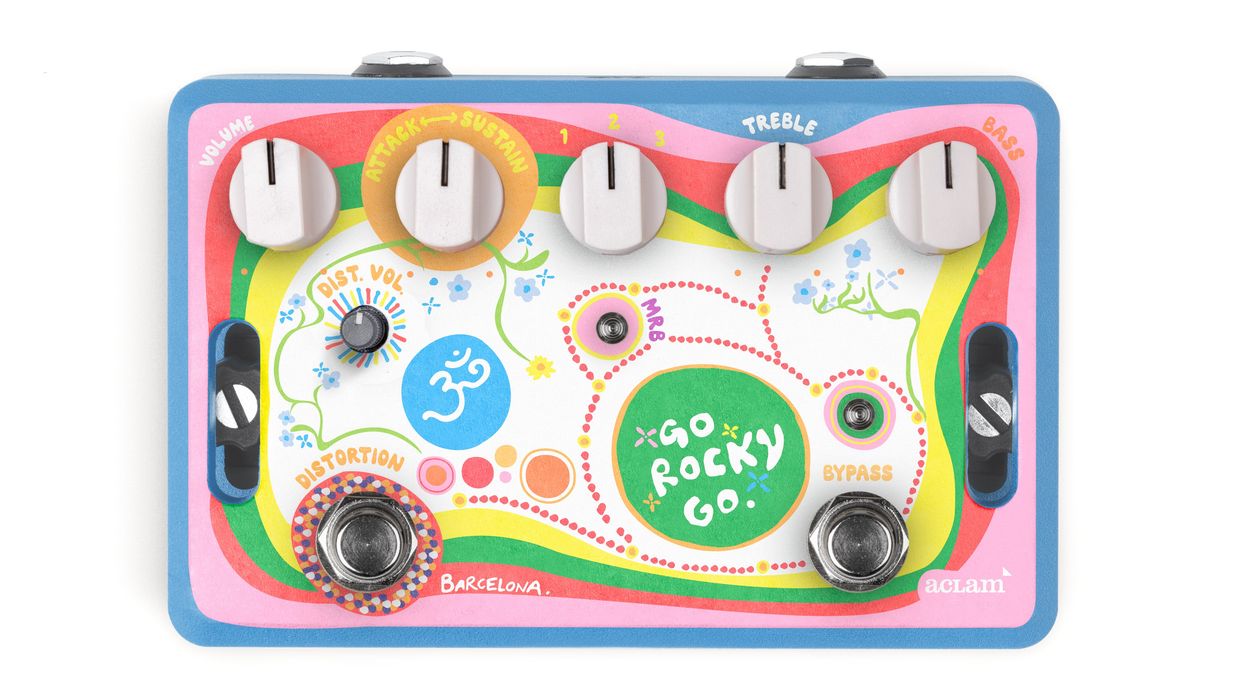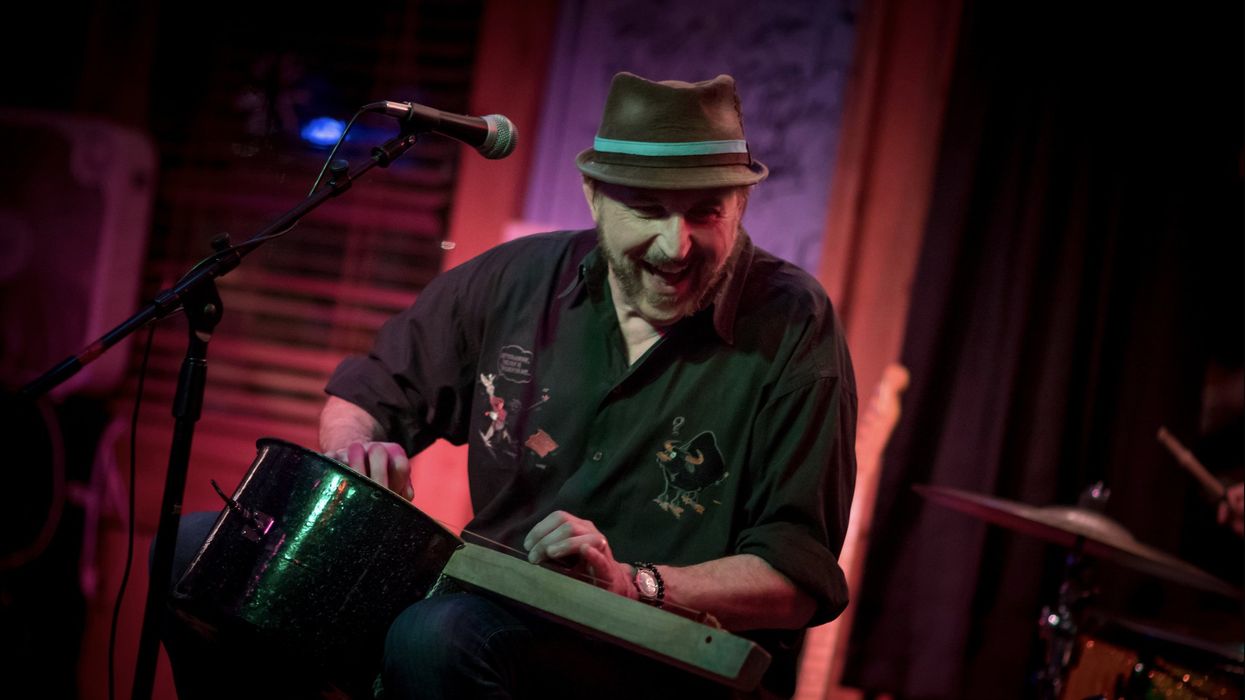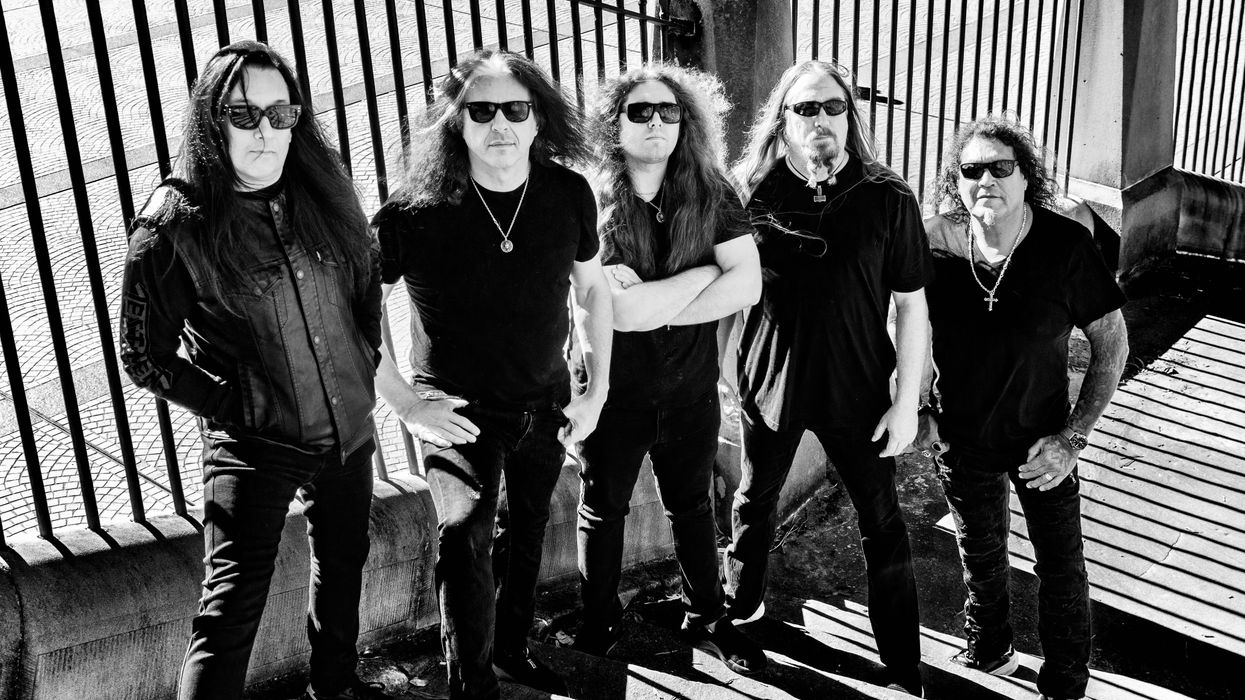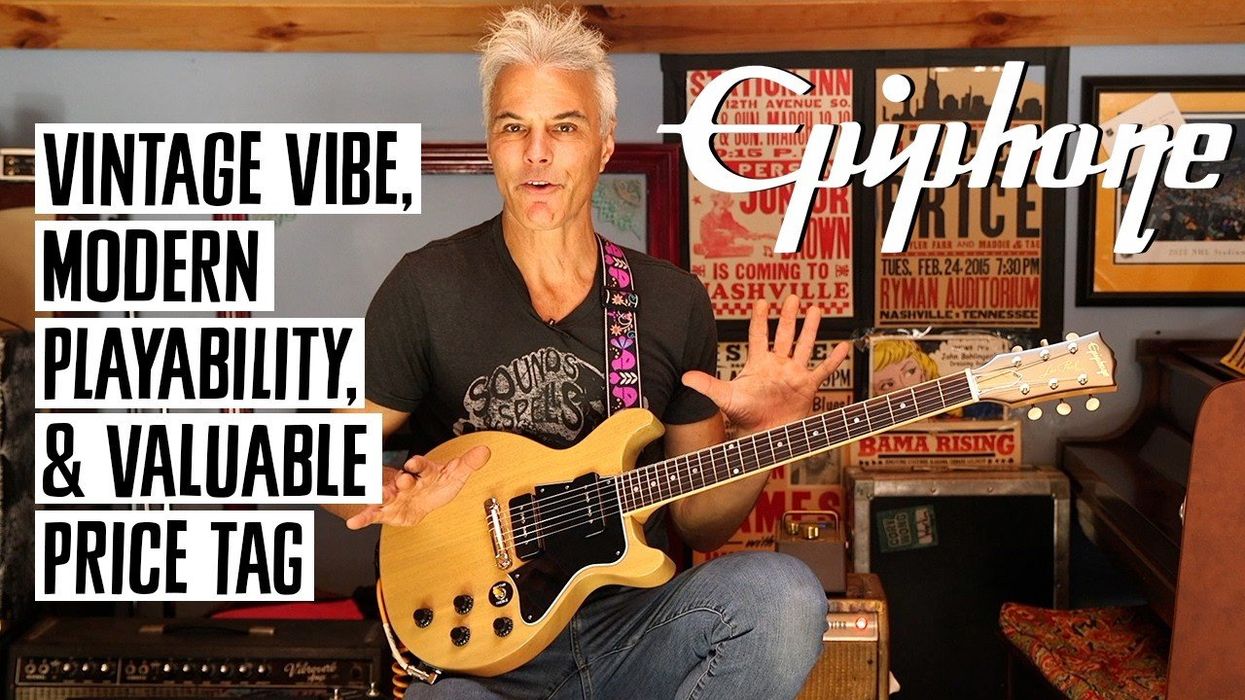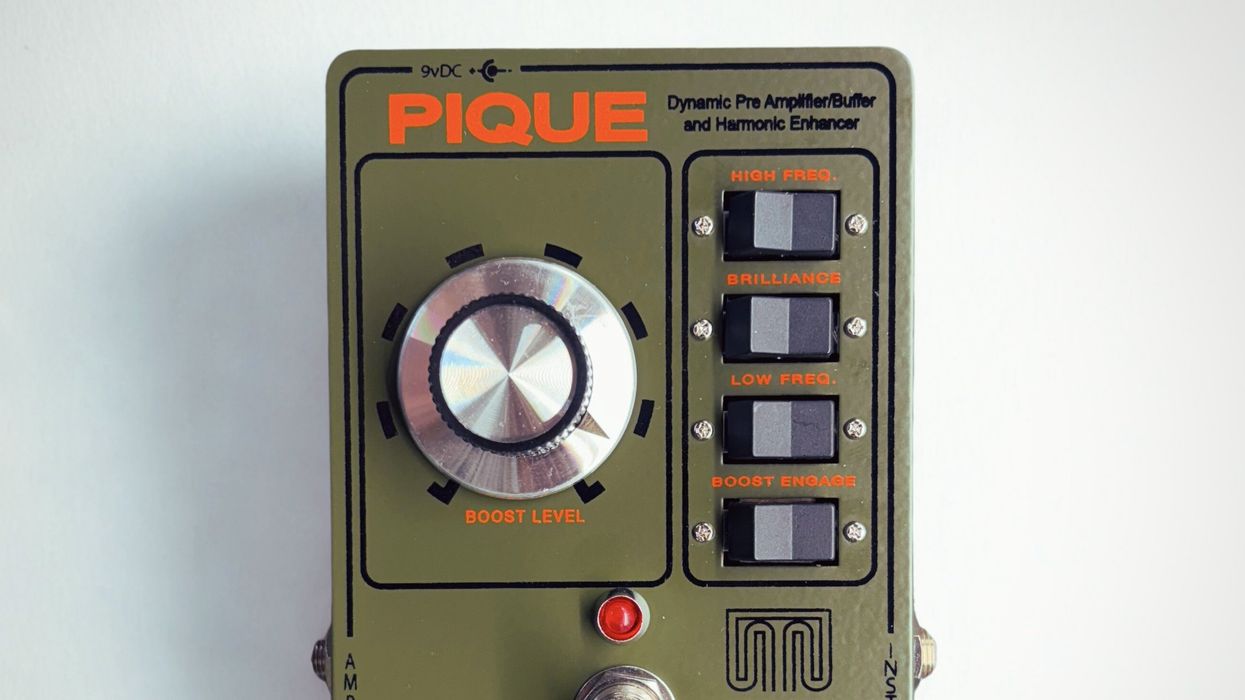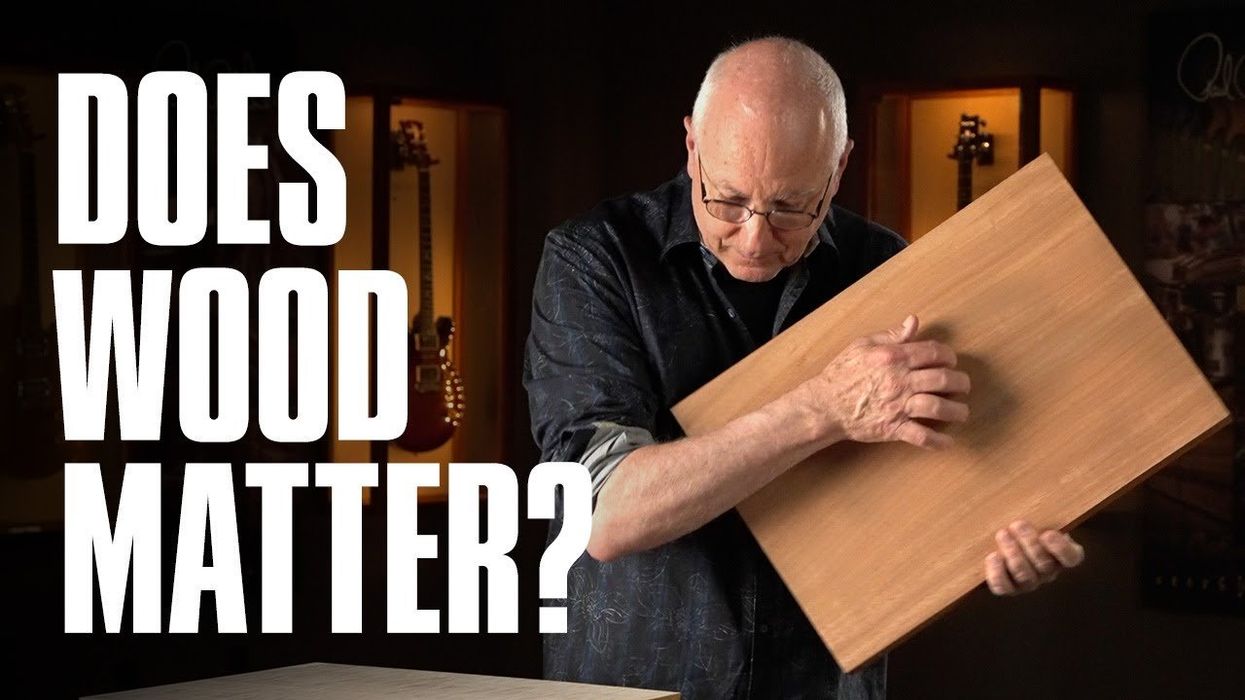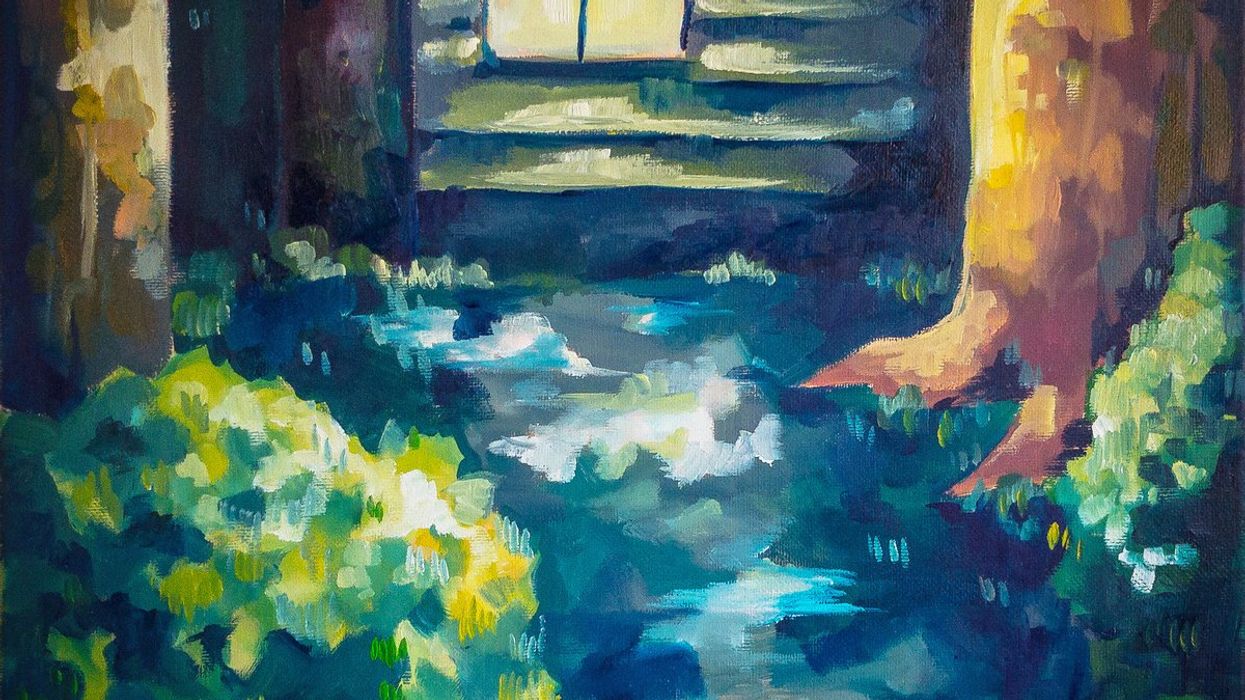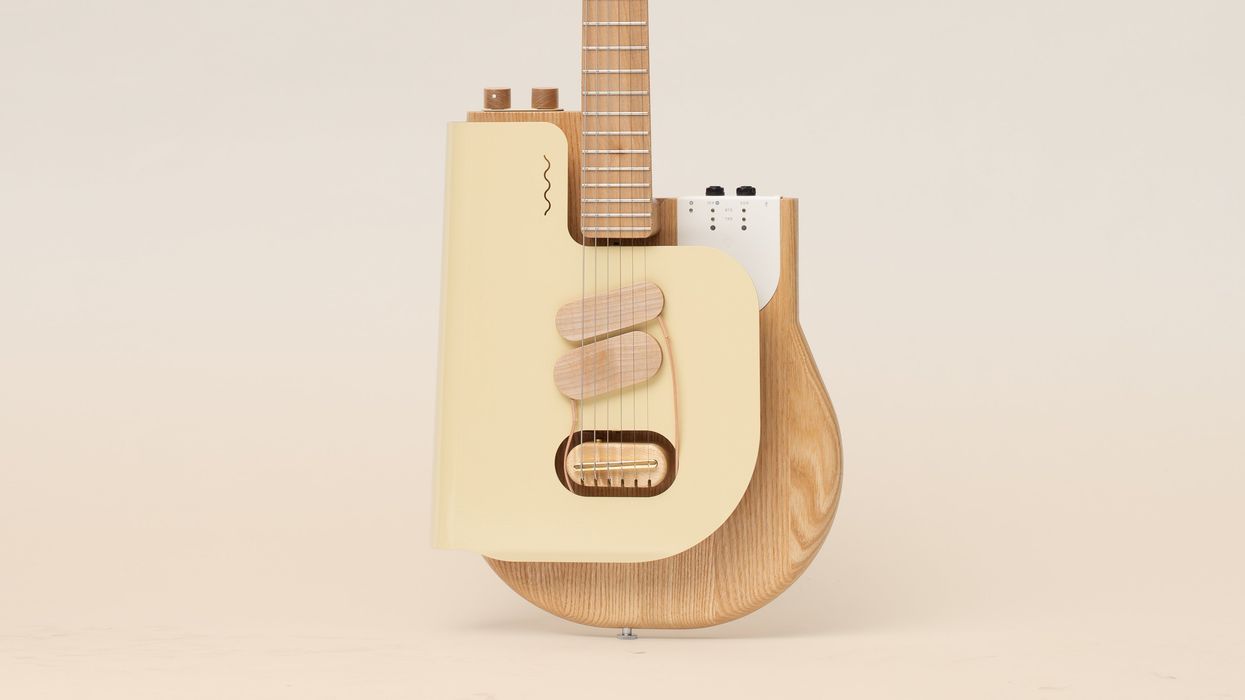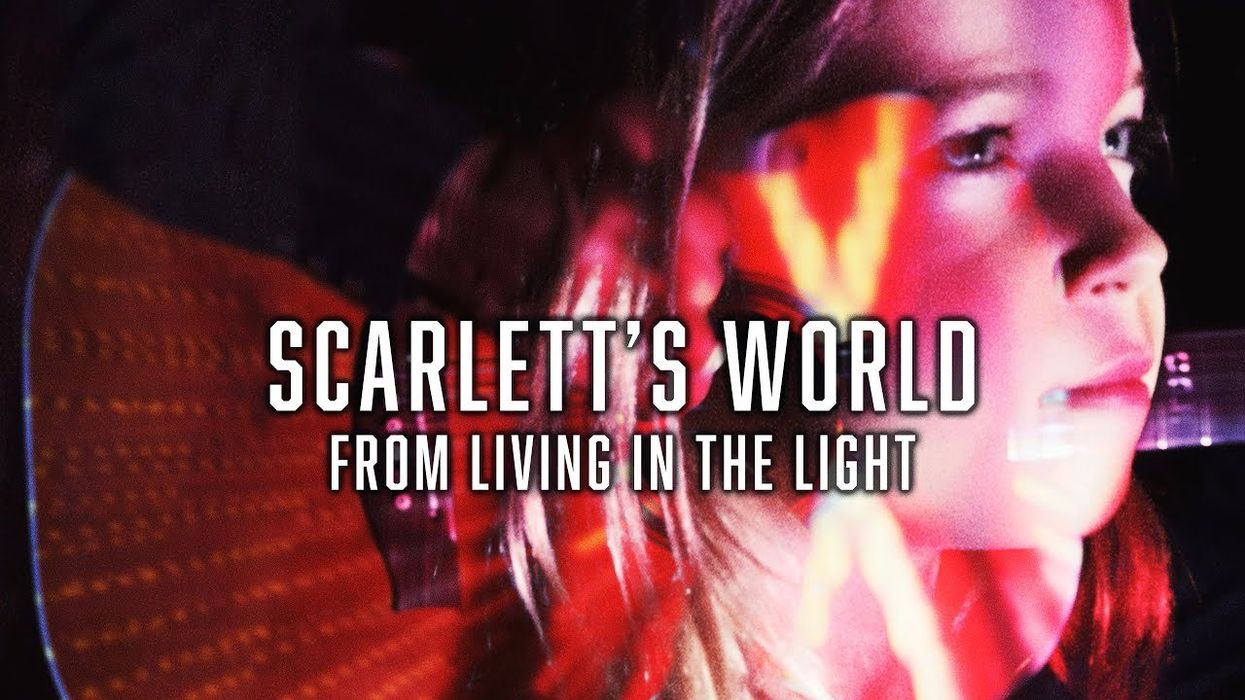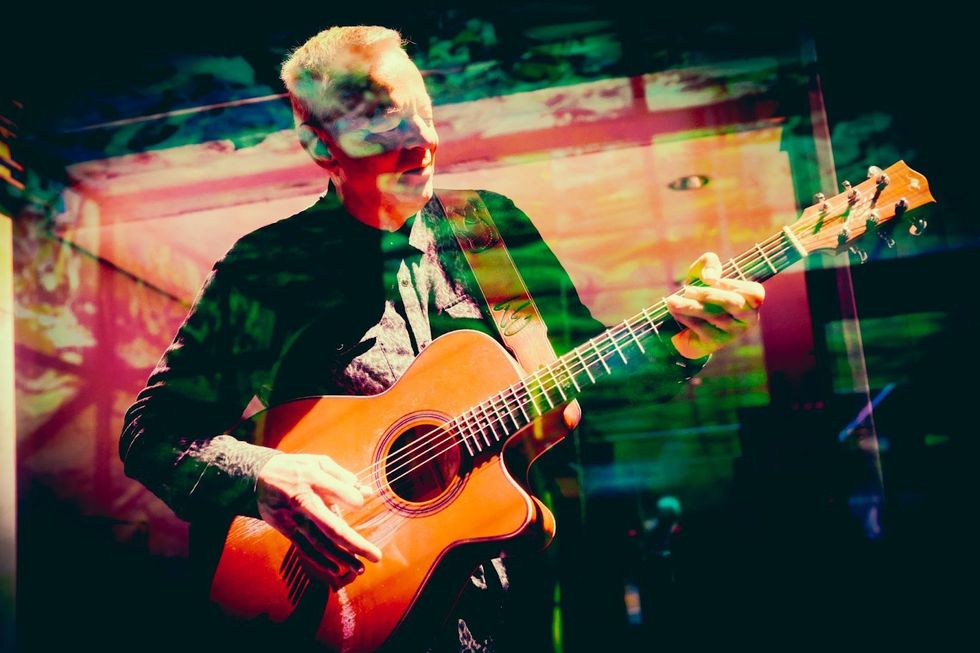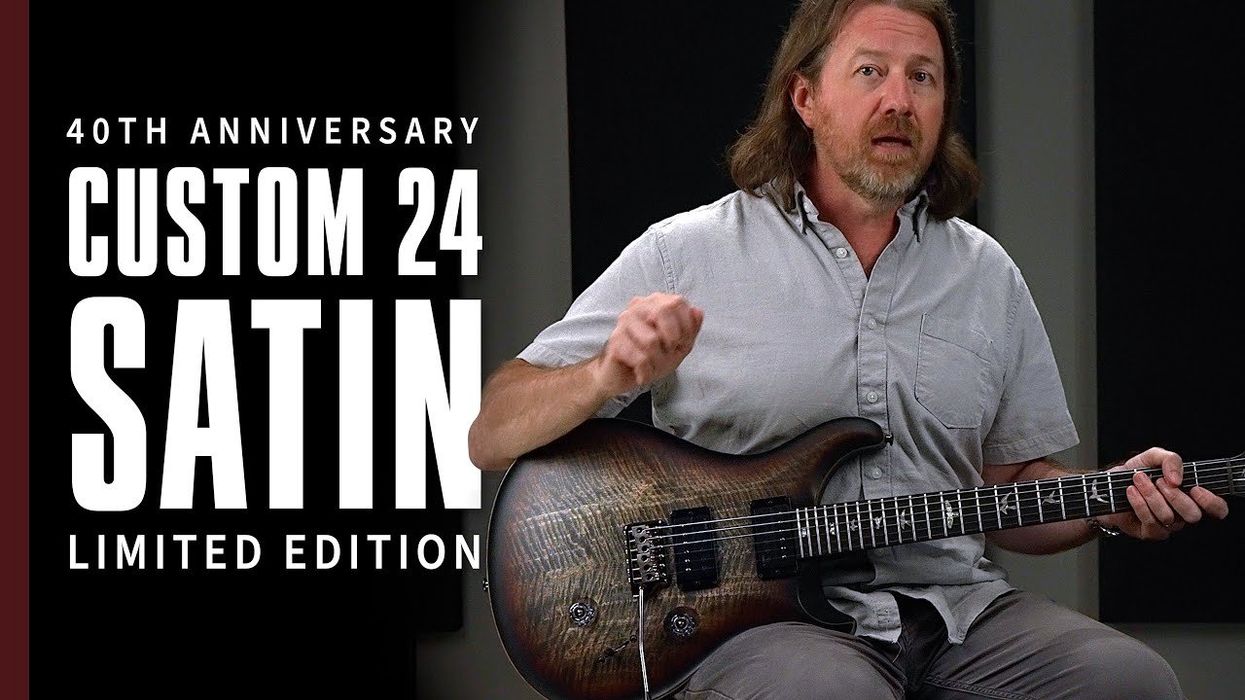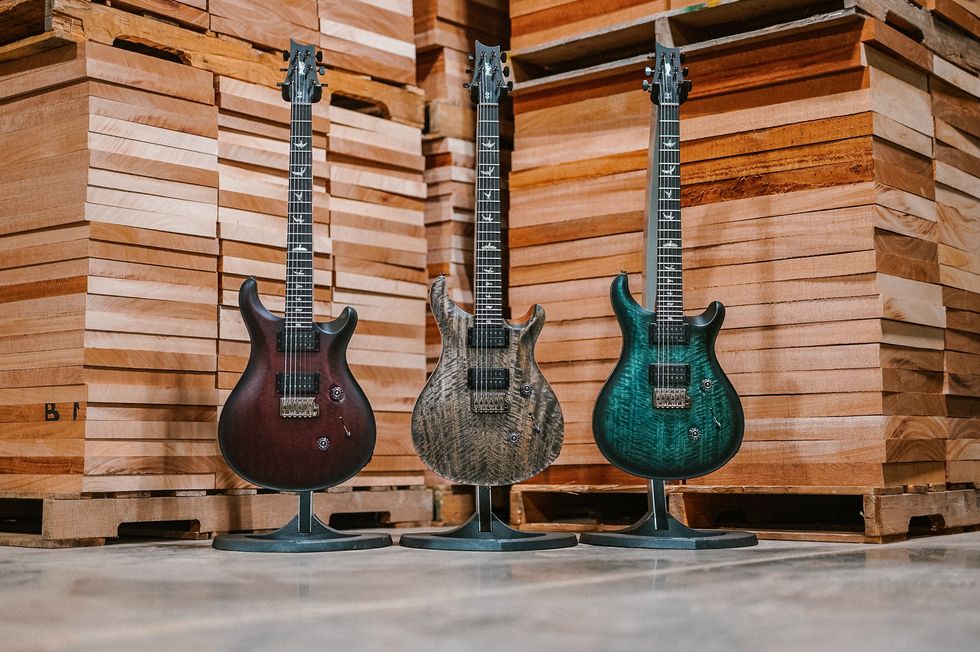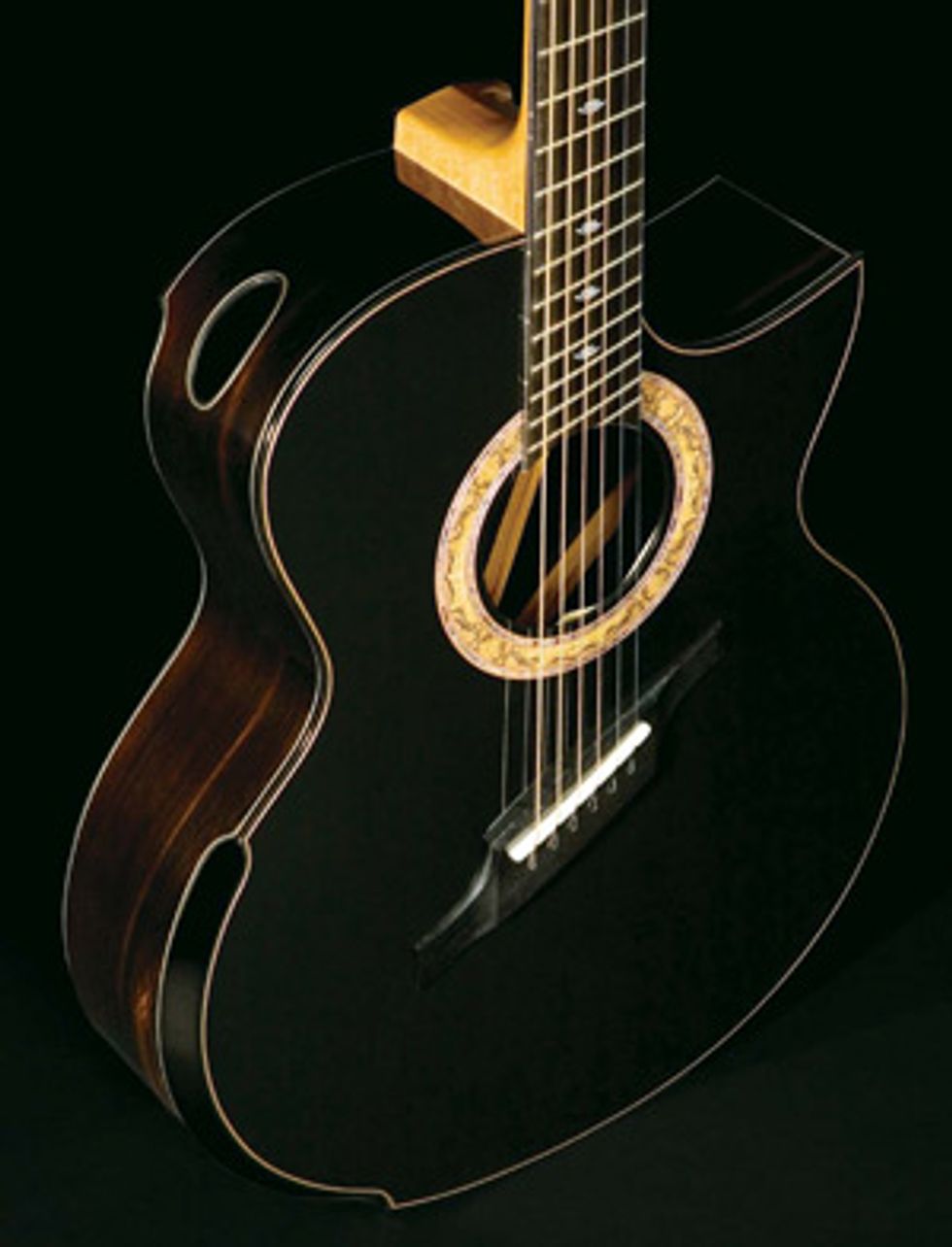 |
Restoration and repair became something of a hobby for Greenfield, and after a stint in the restaurant business (he’s also a trained chef) and some consulting work in the Middle East, he returned to Montreal to think about what he really wanted to do with his life. He had a great desire to make music the center of his life again, so he took a side gig doing guitar repairs in a local music store around the peak of the vintage-guitar boom.
“Electric guitars were fine,” he says, “but, all of a sudden, people started bringing me these museum- grade, pre-war Gibsons, golden-era Martins, and some really antique Martins—and I didn’t feel too comfortable working on those. Other than re-fretting a guitar or making a saddle, I had very little experience working on acoustic guitars. So I took a guitar-making course with Bryan Galloup in the early ’90s.”
But Greenfield quickly found out building instruments and repairing instruments are not the same thing. “I don’t want to say they don’t have anything to do with one another, but they’re really very different. They employ different skills and techniques and ways of thinking about things—although anybody who makes guitars will do a lot of repairing, with all our screwups. Like things get dropped on the floor.” He pauses for a beat. “I’m not saying that ever happens, but it might.”
After learning to build guitars, Greenfield became so enamored with the idea that he kept at it. Once he got up to six guitars in a year, he made the decision to close down the repair/restoration side of his business and pursue building exclusively. “I closed down the repairs in 2000 and just slowly built the business to where it was doing a dozen guitars a year,” he explains. “That was as many as I could handle in my old shop.” He moved to a new shop in 2007, and has since built as many as 16 guitars per year.
And 16 is a remarkable number, considering how much customization is involved in virtually every guitar he makes. “By choice, I’m not tooled up at all. So every guitar is pretty much a one-off.” He notes that many small makers concentrate on one or two models, and some even con- tract construction of certain parts and processes to other builders. “There’s still a lot of woodworking to be done [for builders who do that], and they’re still carefully voiced—I’m not talking negatively about my colleagues,” he says. “They’re a lot smarter than me, because they can make as many guitars as I do much, much easier. My guitars keep getting more and more complicated to make, and they take longer and longer.”
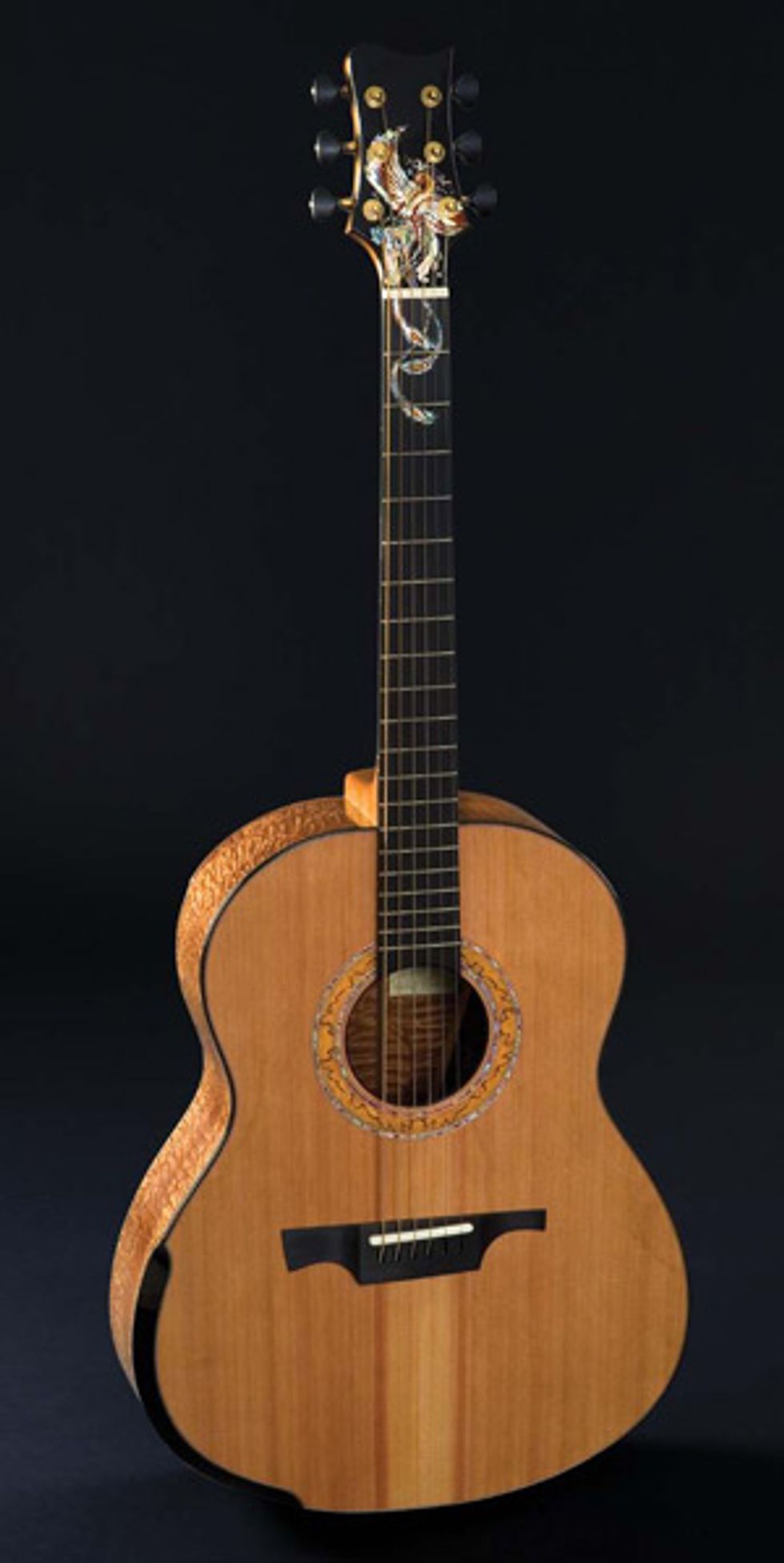 |
Greenfield has become known as “a fanned-fret guy,” and depending on the year, sometimes half or more of his production instruments incorporate that feature. “Even those fretboards are slotted here, in house, by hand. Most of them are made differently in order to accommodate the needs of the player, based on their repertoire, their playing style, and the tunings that they use.” In fact, Greenfield developed a fanned-fret model specifically for DADGAD, a tuning near and dear to many contemporary players’ hearts.
“It’s a really versatile combination of scale lengths that work well across the board, so I’m happy with that one.” So happy, in fact, that he’s actually considering standardizing it. “I sort of hate to... the problem with the fan fret thing is, if you change the neck width, everything changes. Or if you change the string spacing at the bridge, all the angles change. So I’ve gotten used to working without jigs and fixtures, and I like it that way.”
Why Fan?
Fanned-fret guitars are not a new idea. They’ve been around in one form or another for about 150 years. Ralph Novak of Novax Guitars is the modern-day builder who is most often thought to have rediscovered it. “Ralph Novak stumbled upon it and modernized it and brought it into what was the 20th century, and I think it’s important to give him credit.”
Greenfield describes the rationale for the design this way: “The guitar is really a funny instrument. Look at a pipe organ—as the notes get lower, the pipes get longer. But here you have this guitar, you have six strings, and each string gets lower and lower in pitch, and the strings get fatter and fatter, and we tilt the saddle a little bit, and expect this thing to play in tune. And as we push on the string, we’re stretching it and compressing it. Some players pull the string sharp or flat. It’s really a very imperfect instrument at best, notwithstanding any intonation systems people use. What people forget is that players play in tune, not guitars.”
He continues, explaining that as the scale length of an instrument gets longer, it supports the lower notes much better. “Look at a mandolin, and then look at a contrabass: The mandolin has a very short scale, and to try and get the low note of a contrabass out of a mandolin—no matter how thick of a string you put on it—it’s not going to work. And vice versa.”
Many players who use radically altered tunings—say, dropping the 6th string to a C, B, or in some cases an A—use heavier strings, sometimes anything from a .060 to a .080. “But the compensation [on most guitars] is calculated for a standard set of strings. All of a sudden, you throw on this big, fat string that’s not in the normal progression, you tune it really low, and as soon as you try to fret it above the 3rd fret it goes out of tune.” Many players believe they need very heavy strings to get low notes, but Greenfield has discovered that, with the correct scale length, a thinner string will speak more clearly and sound a lot better.
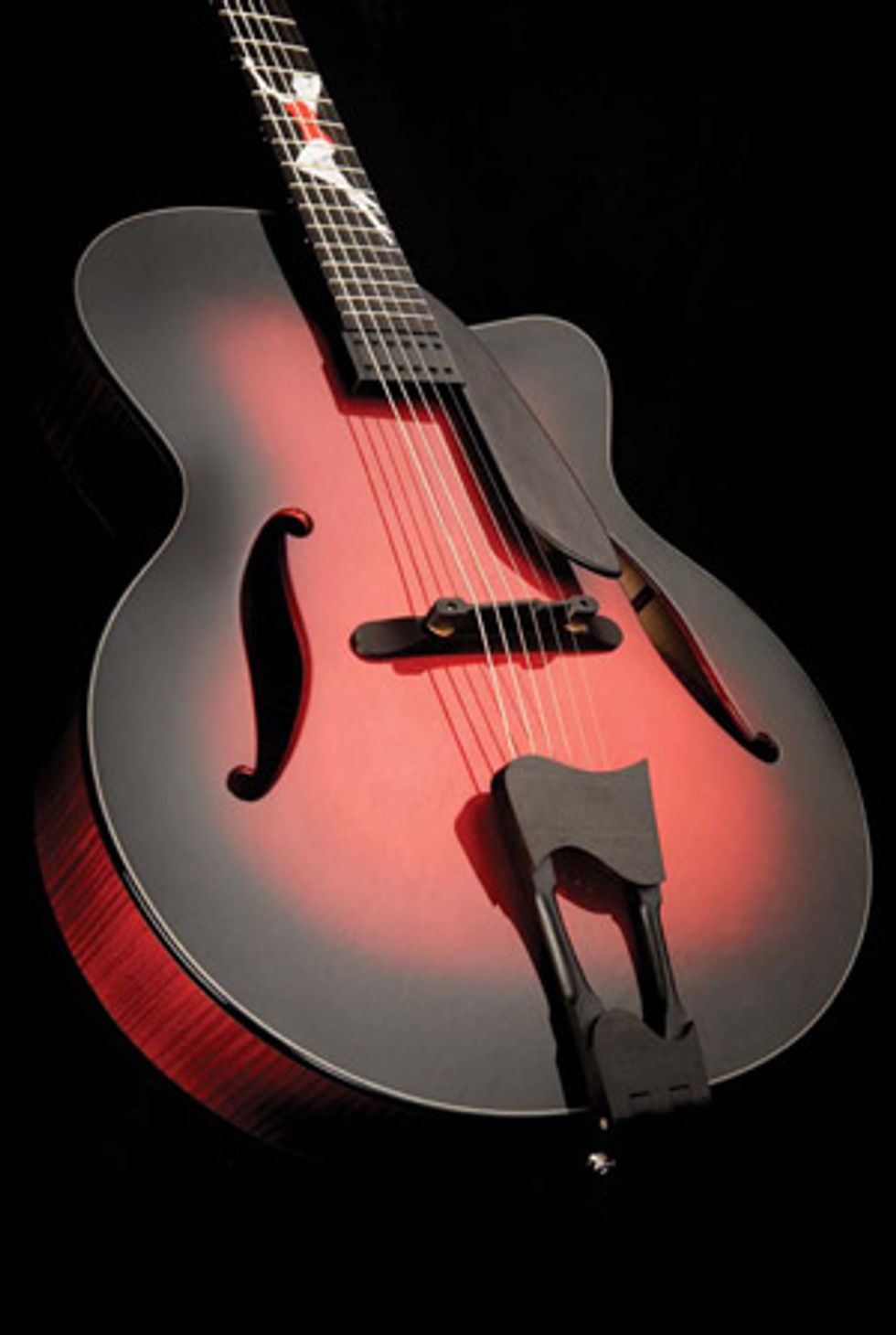 |
Despite popular belief, Greenfield says fanning frets is not intended to address intonation issues. “People think they play in tune better—and they do,” he says, “but what’s really going on is that, for those radically altered tunings that folks are using—even if they are using a fat string—the guitar has been set up properly for it. The scale length is there to support the notes.” That said, Greenfield happily admits it’s not a design element every player needs. “If you play in standard tuning all the time, or just drop-D, is it worth spending the extra money? I don’t think so. But for DADGAD, double dropped- D, C tunings, G tunings, and folks who are playing contemporary repertoire, it’s a really good thing.”
For guitarists who’ve never played a fanned-fret guitar before, one of the first questions is whether that style of fretboard is more difficult to play. “If you look at your hand, it naturally wants to splay that way. With the average fan, most folks just sit down and play. There’s nothing to get used to. The very severe fans do take a little bit of time, and you may have to adapt your repertoire—because some folks have these insane stretches. But that really is very, very rare. And if somebody needs such a radical fan, they’re playing crazy music anyway,” Greenfield says with a laugh.
Tight as a Drum
Greenfield also laminates the sides of his guitars, which is another time-consuming endeavor. “When I was doing repair work back in the day, dealing with all the jazzers in town, there were guys who were collectors. There’s a guy here in [Montreal] who plays L5s, but only those from after 1963, when they were using laminated backs. It’s the sound. And we all know cats out there who play ES-175s, which also have the sound. Those are laminated guitars, too. Linda Manzer makes amazing archtop guitars, and she offers a laminated guitar, because there are guys out there who want an onboard pickup, not floating, and they want a laminated top and back because that’s the sound.”
But Greenfield doesn’t mean “plywood” when he says “laminated.” He uses two sets of sides, sands them down, bends them, and then glues them together. “As soon as you glue two pieces of wood together,” he explains, “they can’t move. Under tension and compression, they won’t slide against each other. That means my rim sets are much, much more stiff. Essentially, the guitar is a drum.”
And he’s not just being clever when he makes that comparison. Greenfield has studied drum construction closely, and he really does view a guitar’s top and back like the top and bottom heads of a drum. “In a drum, you want to take the sides out of the equation,” he explains. “You don’t want them to influence the modal vibrations of the top and the back membranes. That’s why I’m laminating the sides of my guitars—and it’s a lot more work, a lot more expense, and takes a lot more time.”
The process of building a rim set— sanding and hand-bending two sets of sides, then lining them up exactly and gluing them, and laminating the linings as well—takes about two weeks. “There’s a crazy amount of stuff that goes into it,” Greenfield says. “My sides end up being quite thick—around an eighth of an inch. I build a heavy guitar on purpose.”
The Harp Highlight of His Career
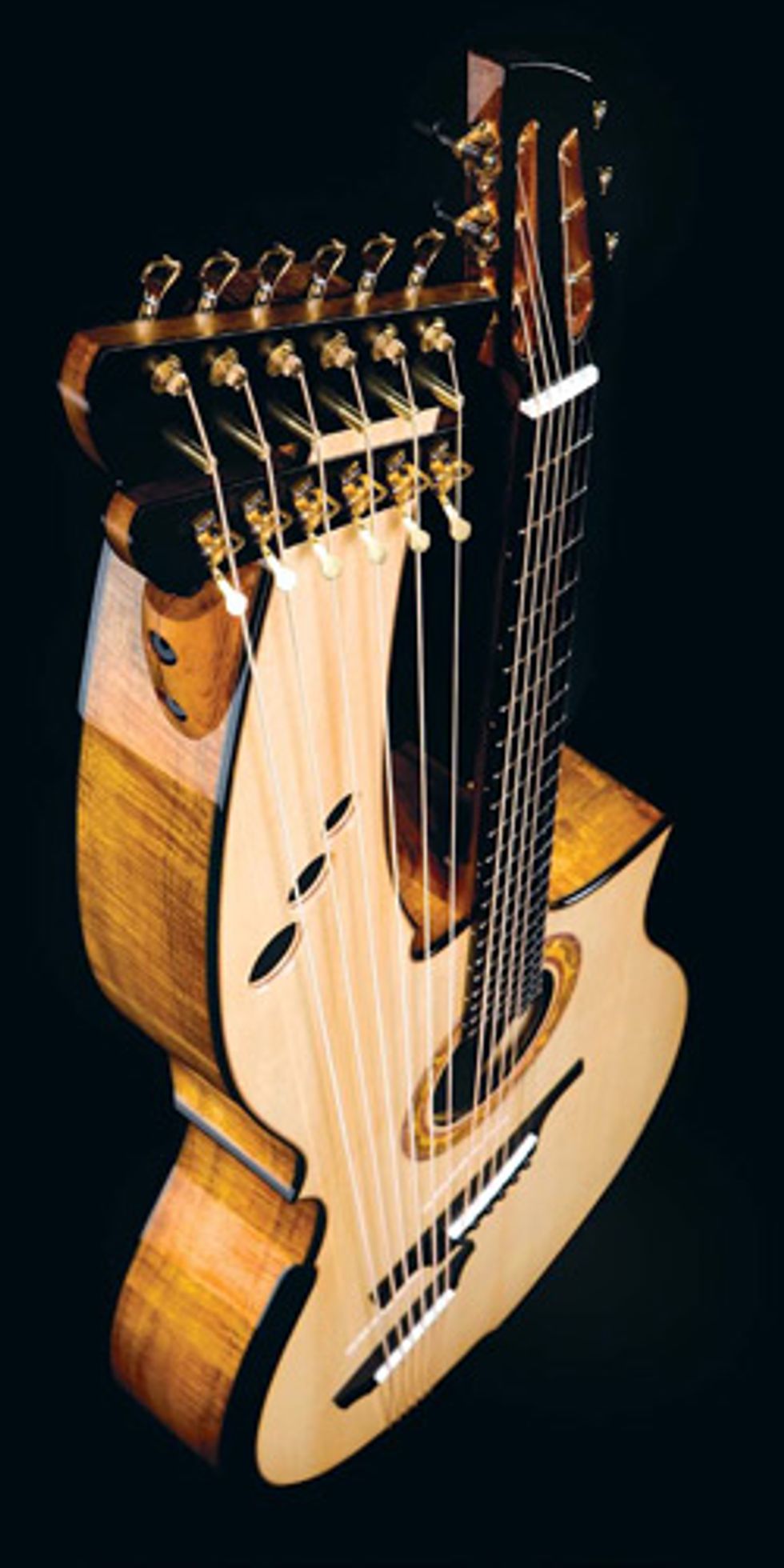 |
McKee wanted six bass strings and six regular guitar strings. “We talked about the tunings that he uses, and basically, he doesn’t go all that radical, because you’ve got all those bass strings. So if you want to hit low notes, you don’t need to take it from the regular guitar neck. Because he’s used to playing fanned-fret instruments, we made the regular neck a subtle fan—just to deal with some of the more normal tunings he uses on that neck. And then there was the harp.”
During Greenfield’s repairing and restoring days, he worked on some old harp guitars, never imagining he’d ever build one. “I had them in my hands, and other than looking at them and saying, ‘Wow, this is cool,’ I never took any measurements or did any drawings. So I had to go back and do all the research. But what I did learn from those early years was that the Dyer guitars and the Knutson guitars were the most successful—to my ear—as musical instruments. They worked really well, and they sounded really good. And most of the harp guitars made today by my colleagues are sort of based, one way or another, on those original two lines. So that was my starting point, too. I knew I wanted a secondary harp arm, and then I took a left turn and went crazy— which is what I normally do.”
One of the innovations Greenfield built into the HG1.2 was a fulcrum-style bridge like those you’d see on an archtop guitar. The strings are harnessed to the end of the guitar with a tailblock, and they pass over the harp bridge at a very low angle. “I did that for two reasons,” explains Greenfield. “First, I wanted to reduce the amount of tension on the top. Those six harp strings, when they’re tuned to pitch, have some- where between 180 and 200 pounds of tension. When it goes over the bridge that I’m using, it works out to about 25 or 30 pounds of down push. The regular guitar neck is pulling up on the top and torquing it like a regular guitar works, and the bass arm is pushing down to give it a counterbalance. I didn’t have to over-brace the guitar because of that. I could go lighter than I would have normally built it.”
The other major reason Greenfield split the bridge was to get some real separation between the pickup signals from the guitar side and the harp side. He worked with K&K to design a custom pickup system for the instrument. “Not to do a commercial for K&K, but my experience has been that the K&K system is a really natural- sounding system that works really well for fingerstyle guys,” he says. “It sounds like a guitar that’s been mic’d. So, using the split bridge, I was able to use the soundboard transducer on the guitar part of the instrument, and a custom-made undersaddle pickup under the bass harp strings.
“The next thing was that I wanted it to look funky. But I really wanted the guitar— especially knowing who it was going to—to be easily serviceable. So a lot of the parts on that guitar bolt on. Both harp heads are bolted on, the tailpiece is bolted on, and the neck is bolted on. So if something fails, it’ll be easier for me to repair it.”
The entire process of building McKee’s harp guitar took about two years. “Obviously, I didn’t work on it constantly, but it took over a year of design. I made a few drawings, hung them up on the walls to live with them in the room for six months. Every time I passed them I would doodle something else or sketch something or put a new line in until I got to the point where it all made sense.” Greenfield also spent a lot of time researching, talking to colleagues, reading, looking at the old instruments, and finally making some accurate drawings. “Then I had to figure out the mechanics of how I was going to build it. That was the hard part. Because once you have all that figured out, the rest is just guitar making: You’re setting a neck, you’re gluing on a bridge, you’re voicing a box—it’s really all very much the same.”
It took about eight months to build the guitar, which Greenfield worked on between other projects. “Delivering the guitar this past summer to Andy at the Montreal Guitar Show was very, very emotional for me. It was two years of my life! I had just given birth to this crazy thing with two heads, and there was this man who just picked it up and immediately tore into it and started making beautiful music with it. It was certainly a high point in my career.”
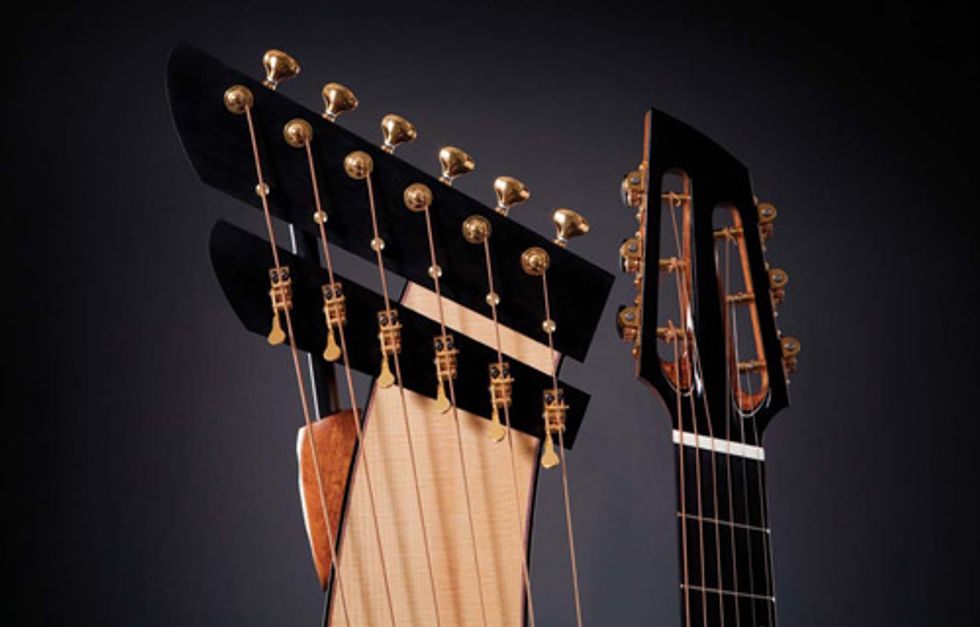
Andy McKee’s harp guitar features an ebony headstock and harp heads,
with a smaller piece accommodating the harp strings’ sharping levers.
Greener Pastures?
Although Greenfield didn’t tag “so far” onto the end of the previous sentence declaring the McKee harp-guitar delivery the highlight of his career, it’s prob- ably safe to say there will be many other notable moments that could very well rival that. We’ve only touched on a fraction of the types of instruments he offers here, so be sure to check out greenfieldguitars.com to see delectable renditions of nylon-string and archtop instruments, in addition to a wide variety of steel-string guitars.

